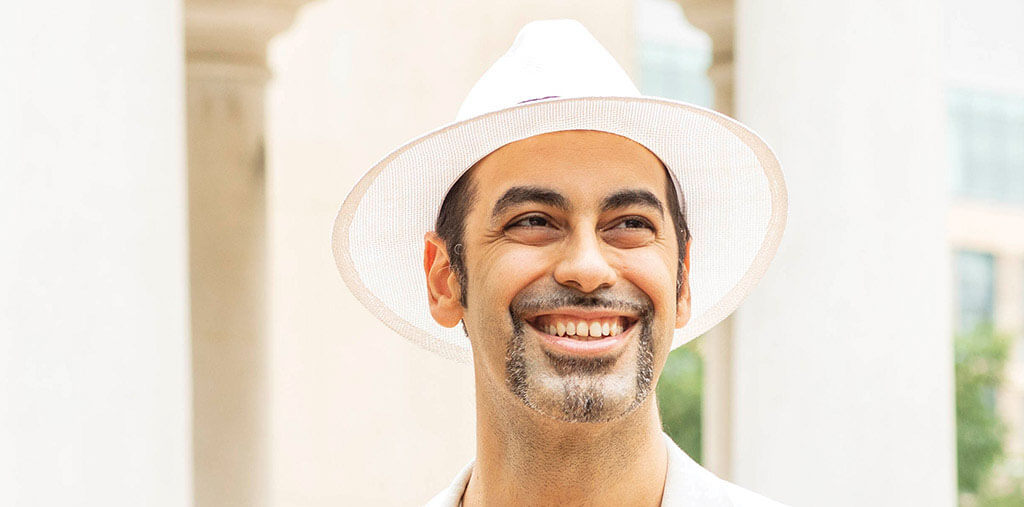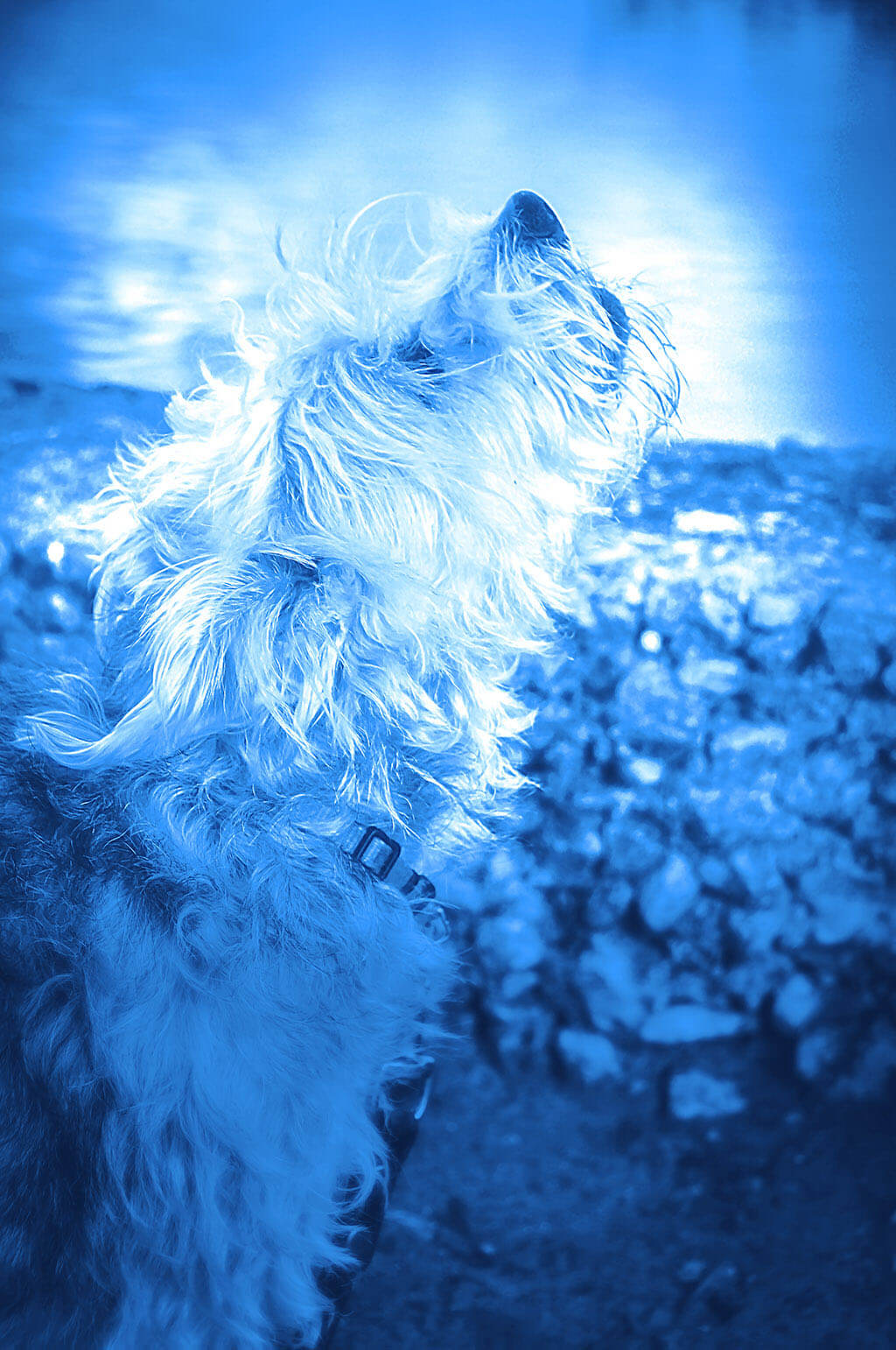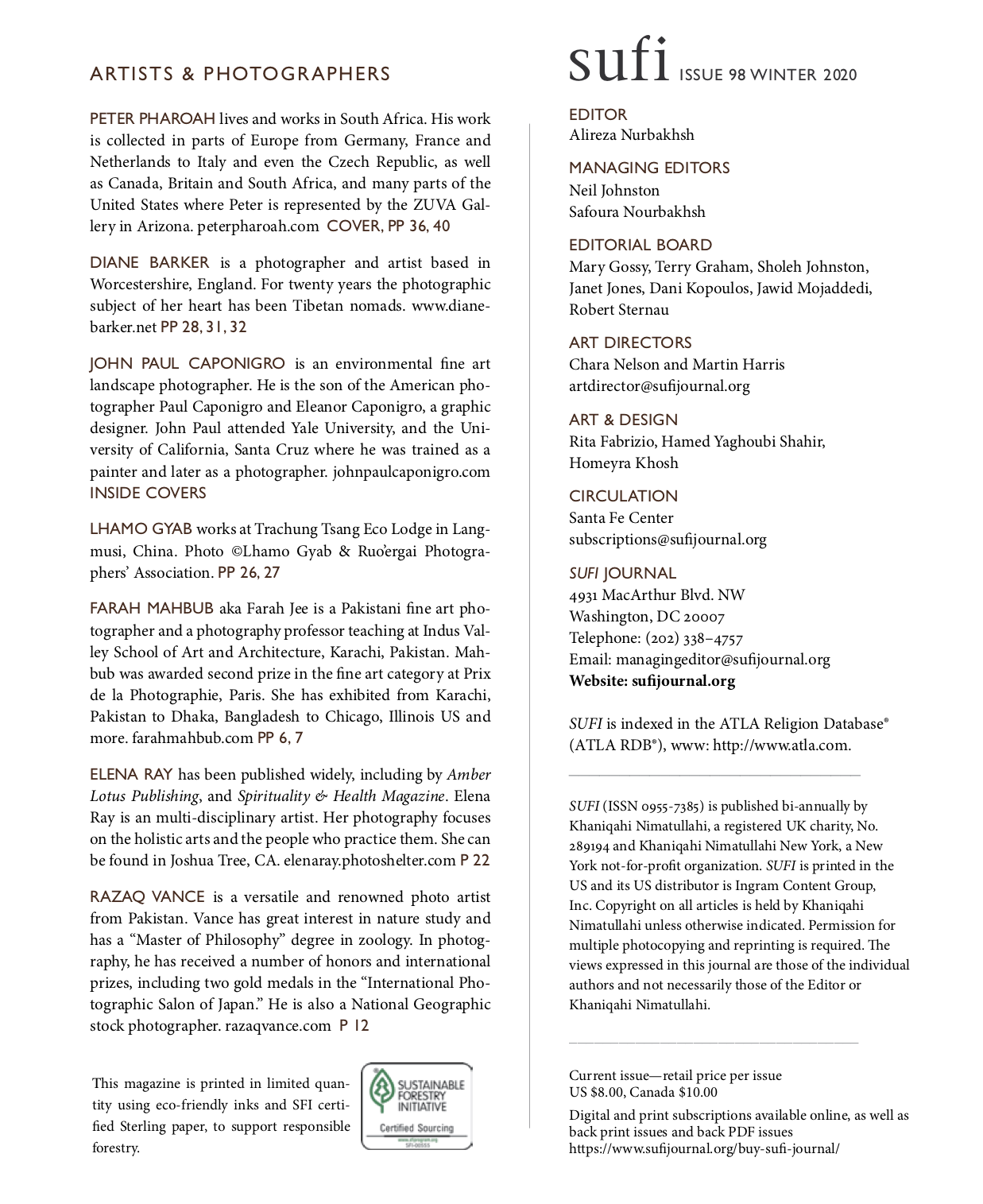Communion of Saints
The Christian Mystical Tradition
in Dialogue with Sufism
By DOROTHY C. BUCK
The Communion of Saints is deeply embedded in the mystical tradition of Catholic Christian belief and practice. Dating back to the beginning of Christianity 2000 years ago, it speaks to the very heart of the spiritual life of the Church. The striving for sanctity, or holiness in response to the Divine is common to many religious faith communities and also refers to a person perceived as “holy” as a “saint.” The earliest saints recognized by the Church in the first century were known as martyrs, a word that means “witness” in Greek. Stephen was the first martyr. His story is found in the Acts of the Apostles in the Christian scriptures. The significance of his story highlights the understanding of true martyrdom in the Church at the time as it very much imitates the Passion of Jesus. Stephen was ultimately stoned to death while praying “Lord, do not hold this sin against them” (Acts 7:54). The saint therefore was one who not only died defending his faith, but also suffered and died as Jesus Christ did in his Passion. These first witnesses who died with Christ, and as he did, were also resurrected with him into eternal life.
[wcm_restrict plans="Sufi Journal Digital Edition, Sufi Journal Digital Edition old"]With the ending of the Roman persecution of Christians in the fourth century when Constantine became the first Christian Roman Emperor, the holiness that led the Church to declare a saint included those early desert Fathers who for the sake of imitating the forty days that Christ went into the desert to pray, renounced the world and devoted their lives to prayer and fasting and self-denial. In the Middle Ages the founders of monastic religious communities whose charisma attracted followers who made vows of chastity, poverty and obedience were also often put forward to be officially recognized by the Church as saints. Not only did these saints live exemplary holy lives, but they became examples for all the faithful to follow as well. Those continue to be the criteria for putting forward a person for sainthood in the church to this day.
The “Communion of Saints” implies the spiritual connection of the saints, who are already alive in the Kingdom of God in eternal life, with the earthly Kingdom of God that Christians are invited by Jesus to enter into and co-create on earth with God, his Father in heaven. The saints, who on the day of their death are reborn into eternal life, remain in communion with those on earth and continue to pray for us as we do for them. It is not difficult to see the mystical dimension of this Communion of Saints that enfolds all Christian believers into eternal life in God with all those who have gone before us.
Over the centuries the process of officially declaring a holy person a saint has evolved in the Church and has become a very precise and detailed process that includes meticulously identifying the authenticity of the life of this person but also the miracles claimed by those who have prayed to them after their death. Sometimes these are miraculous cures of diseases proven to have no medical rationale. Many officially-declared saints have attracted followers who regularly pray for their intercession and who make pilgrimages to their shrines. At baptisms and confirmation ceremonies individuals often take the name of a saint as their patron saint and even countries adopt a saint’s patronage placing the people under their mystical, or heavenly protection. And although the requirement that a saint either die for their faith as a martyr or retreat from the world into a desert asceticism or into a monastic religious community is no longer the only path to sainthood in the Church, this kind of “dying to oneself” remains a very significant part of Christian spirituality both for laypersons as well as vowed religious who live in monastic communities. It is not foreign to other traditions as well. To strive to overcome our selfish desires and idol worship of money and possessions and everything other than God and turn our attention to the needs of other human beings instead, is common to all three Abrahamic faith traditions as well as others.
In Sufism, the mystical tradition of Islam, there are those who are called Abdal, the plural of Bâdal in Arabic, which means to replace one thing with another, or to take the place of, or exchange, or substitute one thing for another. It also means a good or religious person, or saint. In Persia, it means a religious devotee or dervish. The prayer of the Abdal is less about consolation and peace in one’s heart than it is about entering so deeply into the immensity of God’s love for all human beings that one begins to love as God loves, willingly sacrificing oneself if necessary out of compassion for others. Those called want everyone to experience God’s love as they experience it, because they know that only this kind of love can heal our broken world, change violence and retaliation into compassion and forgiveness and human suffering into freedom and joy.
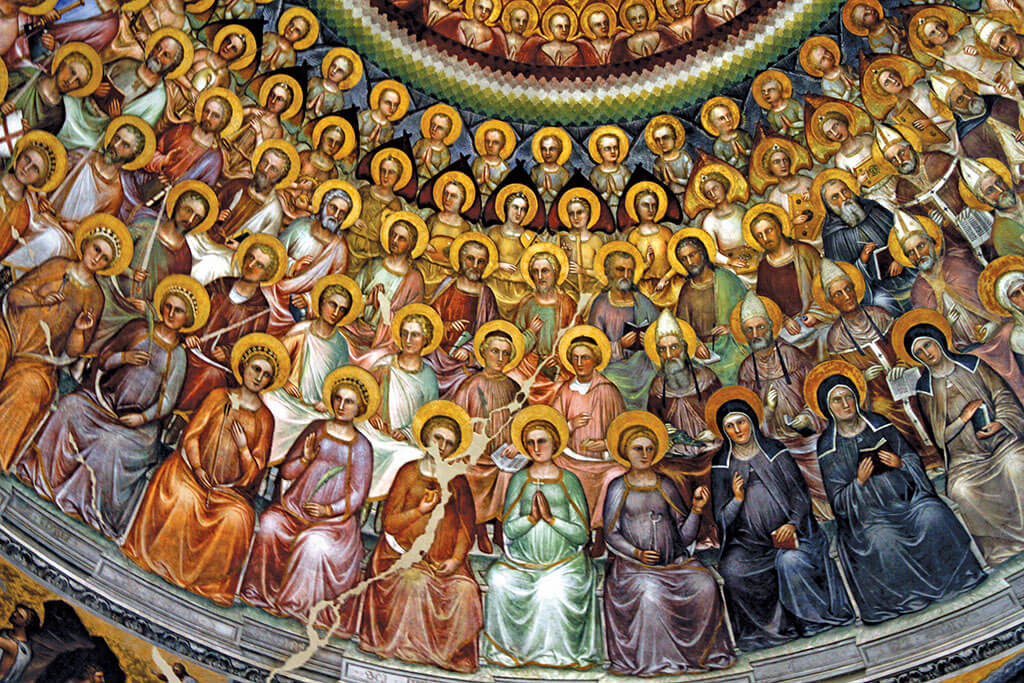
Reflecting on the biblical origins for the Christian belief in the Communion of Saints draws us ever more deeply into its mystical dimensions. In his letters to the communities in Corinth and Rome, St. Paul wrote:
“For in the Spirit we were all baptized into one body, whether Jews, Greeks, slaves or free persons, and we were all given to drink of the one Spirit.” (1 Cor 12:13)
“For as one body we have many parts, and all the parts do not have the same function, so we, though many, are one body in Christ and individually parts of one another.” (Romans 12:4-5)
Like our human bodies that are made up of many parts that depend upon one another, so too the baptized Christian spiritually becomes part of the body of Christ, therefore St. Paul reminds us:
“If one part suffers, all the parts suffer with it; if one part is honored, all the parts share its joy.” (1 Cor 12:12)
When we reflect on the multiple layers of meaning in the phrase, “Communion of Saints”, we see that it relates significantly to our sense of self. Much as the Sufi mystic discovers the illusory nature of our ego-bound understanding of self, Christian mystics discover that ultimately only God exists. The sixteenth-century Saint Teresa of Avila called God, Friend as did the Sufi saint al-Hallaj, who wrote:
“I have become the One who I love, and the One I love has become me! We are two spirits merged into one body! To see me is to see Him and to see Him is to see Us.” (Le Diwan d’al-Hallaj)
Hallaj was so in love with the Beloved that he could no longer make a distinction between the two. So too the Christian mystic, and perhaps all Christians, are invited throughout the Scriptures to experience God, or the Divine as Love.
Those called want everyone to experience God’s love as they experience it, because they know that only this kind of love can heal our broken world, change violence and retaliation into compassion and forgiveness and human suffering into freedom and joy.
To love one another as God first loved us is becoming Love itself. Or, to see others as God sees. Experiencing others with this kind of compassion is not an easy life path. For Christians, the greatest example of this kind of selfless love is the image of Christ Jesus offering his life on a cross for the salvation of humanity. Experiencing another’s reality as intrinsically a part of my own sense of self requires both a dying to myself and an ability to see all of creation as sacred, or One in God, as did the well-revered 13th-century Saint Francis in his poetic verses to Brother Sun and Sister Moon. It also requires identifying ourselves with the poorest among us, the most neglected, the refugees, displaced and imprisoned as they too are bound to us in the Communion of Saints.
Out of love for the Beloved, all saints, recognized or not by the Church, are the witnesses of God’s love for all of creation and herald the possibility of the Kingdom of God on earth that Jesus preached. The Book of Hebrews calls them a “cloud of witnesses” and Revelations, the last Book in the Christian Scriptures, describes the mystical visions of the apostle John that may also symbolize a vision of the Communion of Saints.
“I heard the number of those who had been marked with the seal, one hundred and forty-four thousand marked from every tribe of the Israelites”; and “After this I had a vision of a great multitude, which no one could count, from every nation, race, people, and tongue.”
(Rev. 8:4, 9)
As the Sufi recognizes that there is only one reality that we call “being” or “existence,” the Christian mystic names this oneness of being, “the body of Christ” as we are all gathered into one Communion of Saints, eternally alive in God, on earth and in heaven.
REFERENCES
Woodward, Kenneth L. 1996. Making Saints: How the Catholic Church Determines Who Becomes a Saint,Who Doesn’t and Why. Simon & Shuster.
Massignon, Louis. 1955. Le Diwan d’al-Hallaj. p. 93, no. 57. Paris; Librairie Orientaliste. Paul Geuthner.
[/wcm_restrict]
ARTWORK © WIKIPEDIA – FLORENCE BAPTISTRY
ARTWORK © WIKIPEDIA – PADUA BAPTISTRY
RETURN TO ISSUE 98 TABLE OF CONTENTS
[/wcm_restrict] [wcm_nonmember]
To read this article in full, you must Buy Digital Subscription, or log in if you are a subscriber.
[/wcm_nonmember]
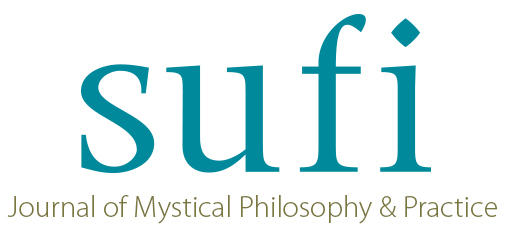
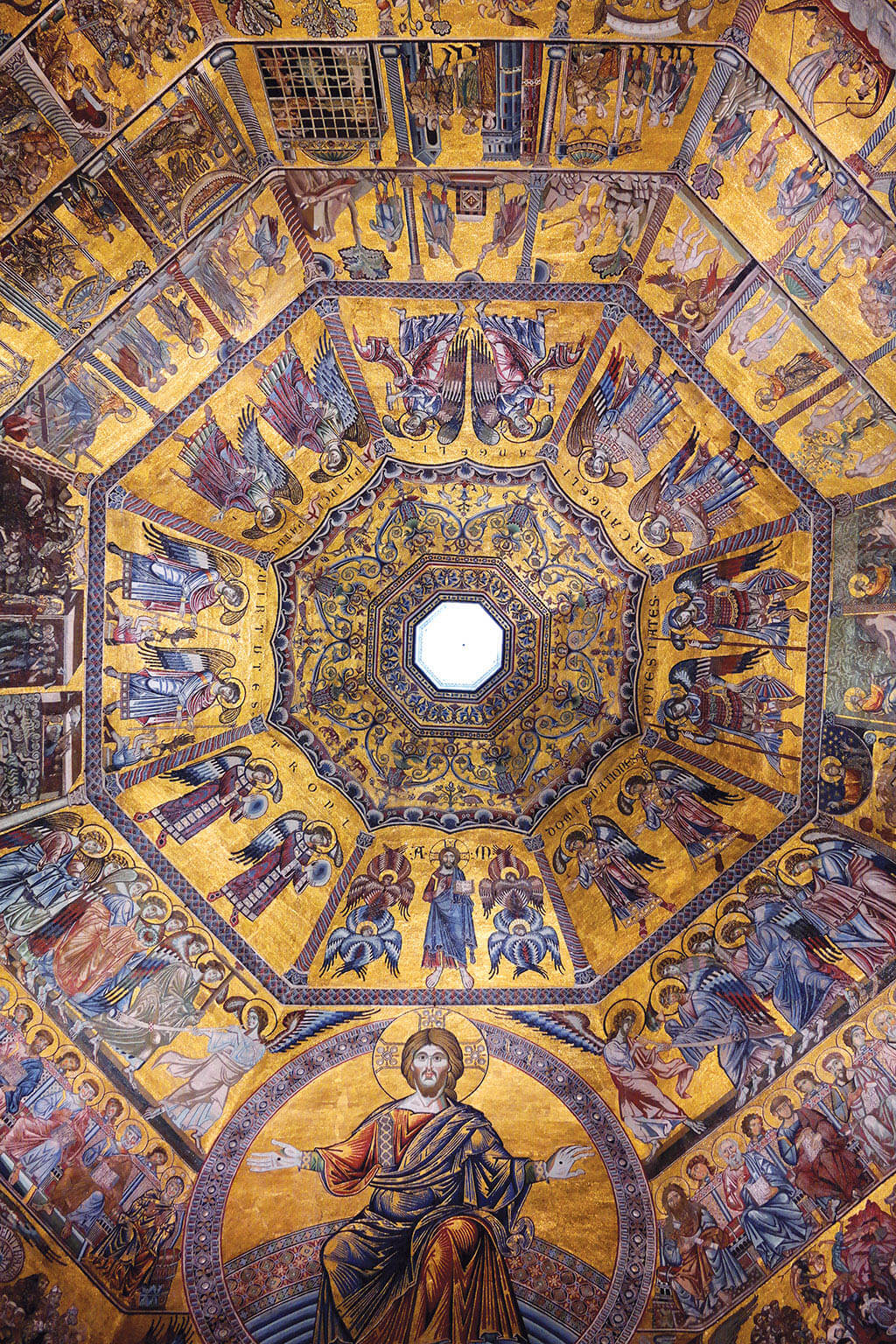
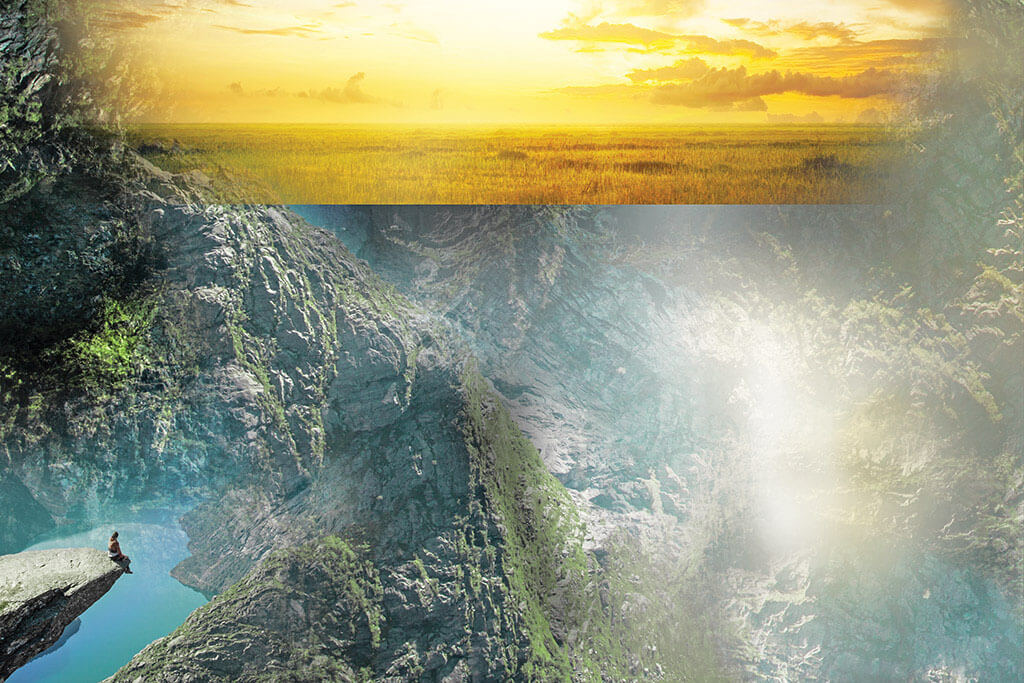
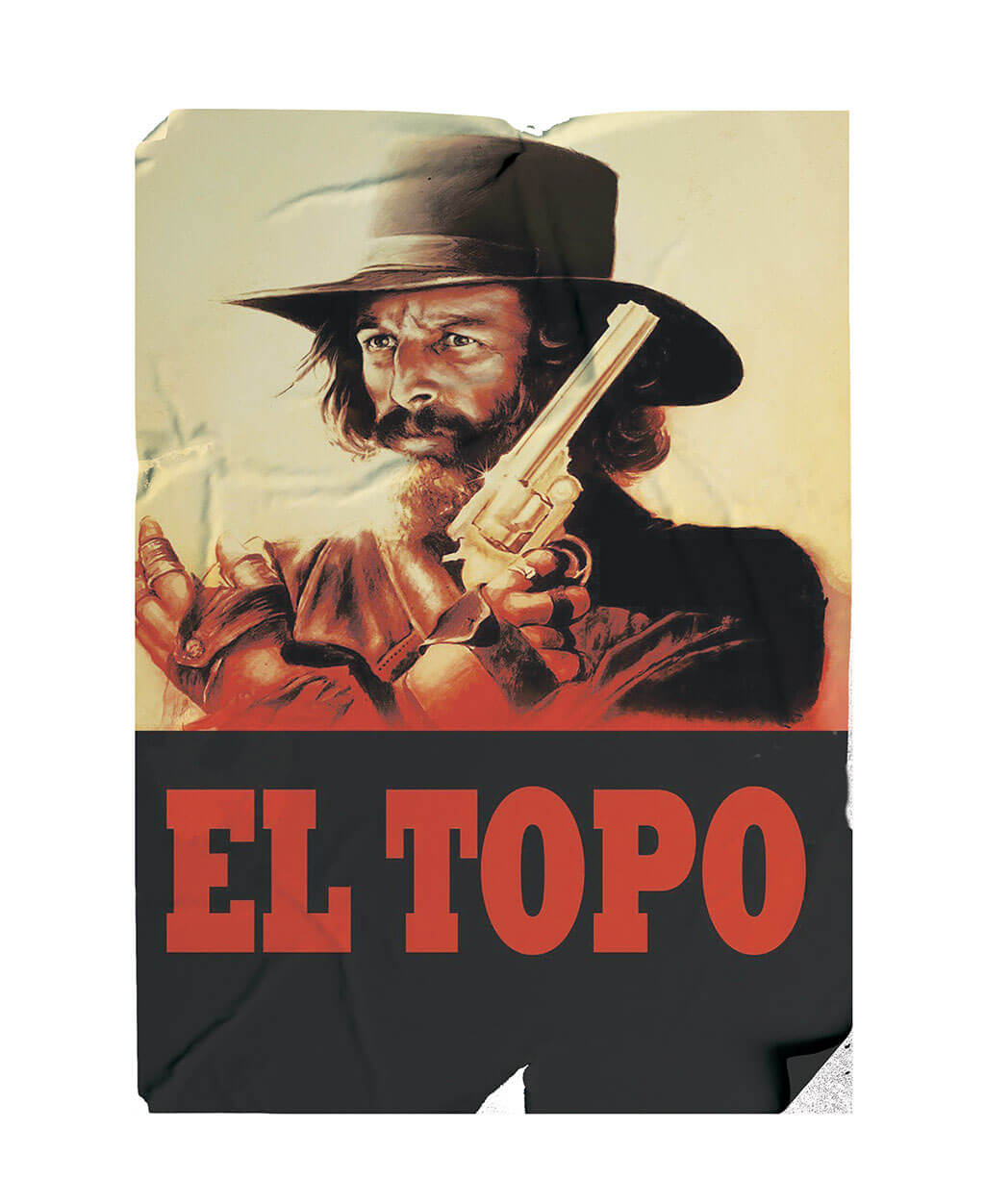
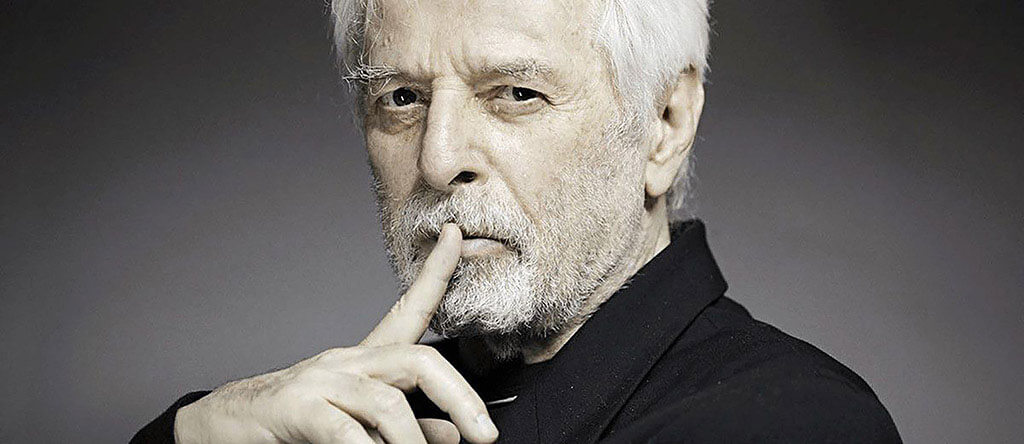
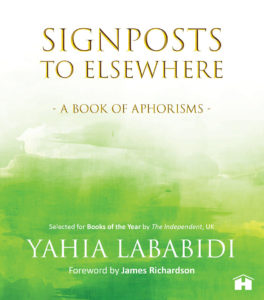 The Aphorist
The Aphorist